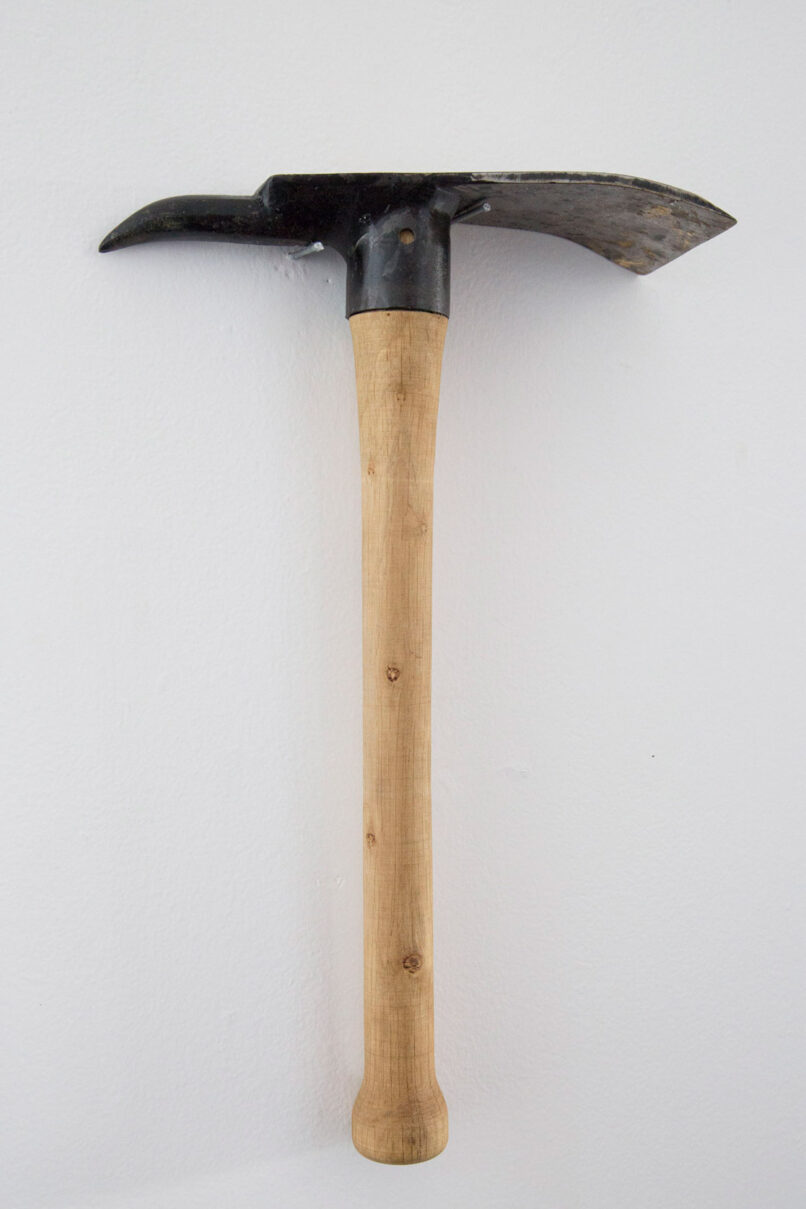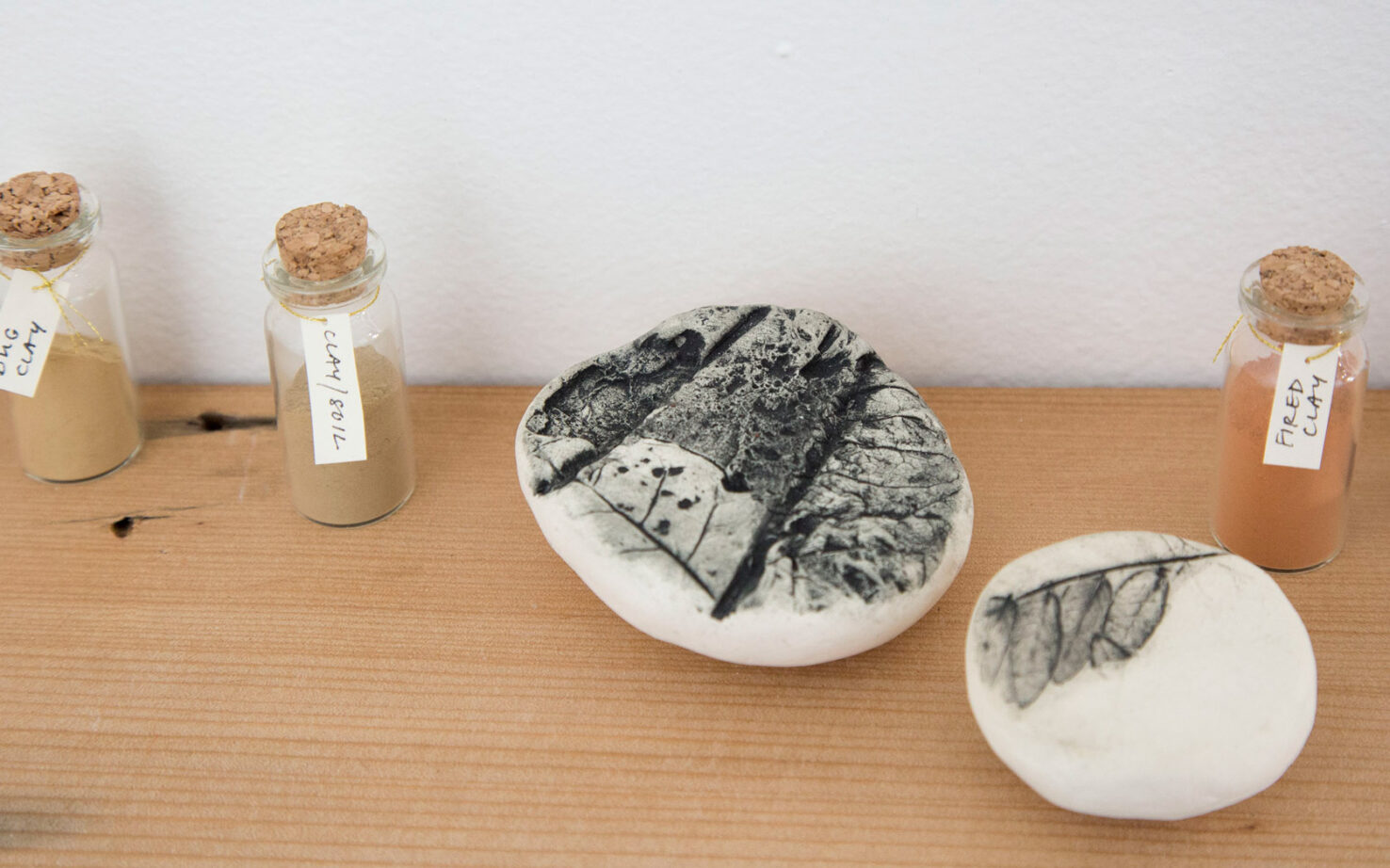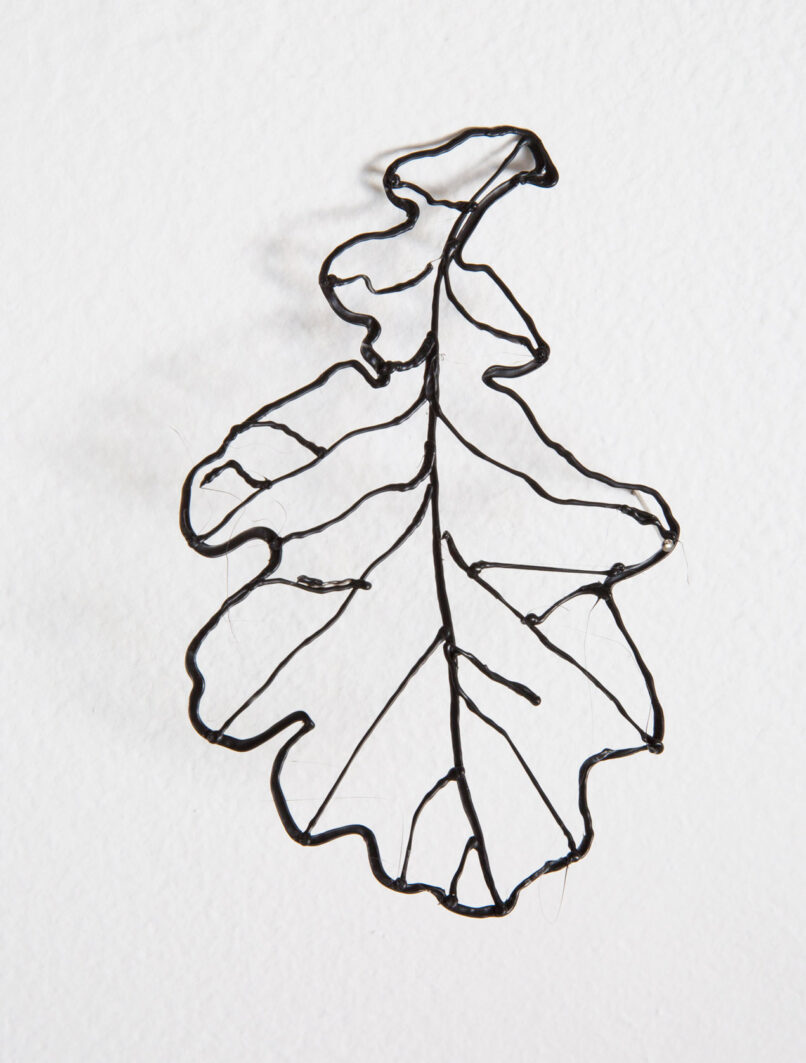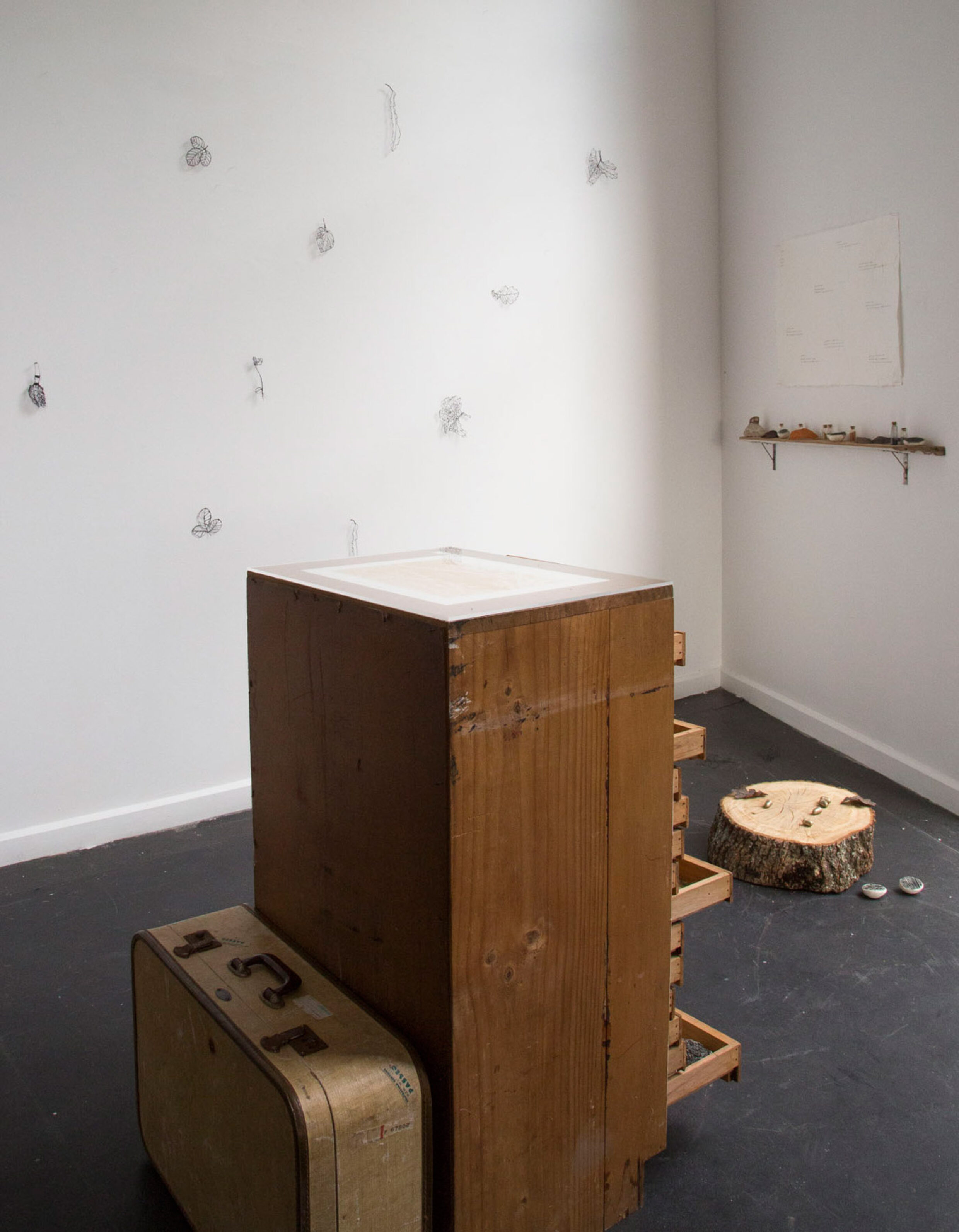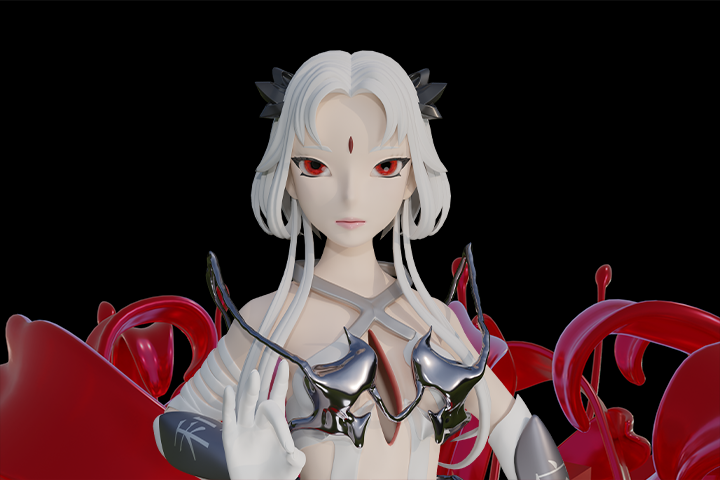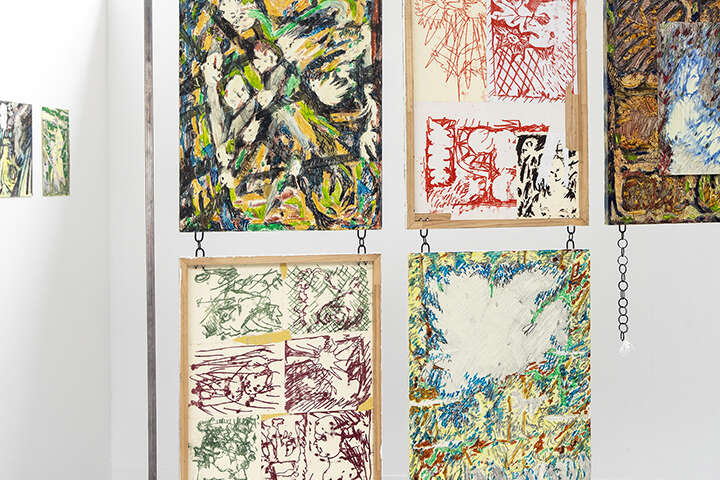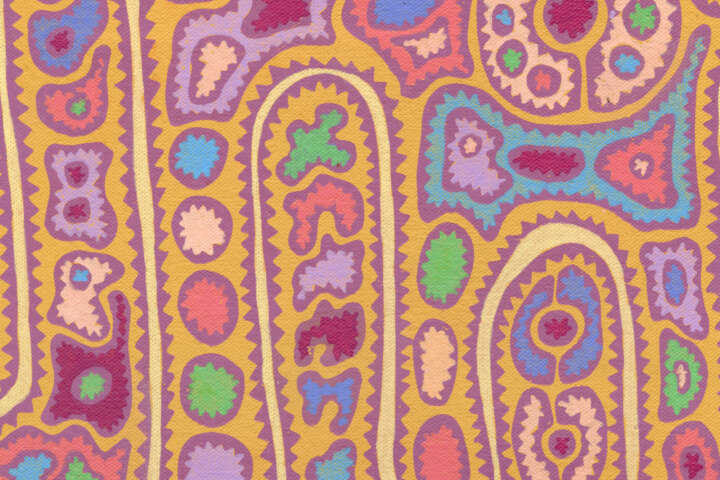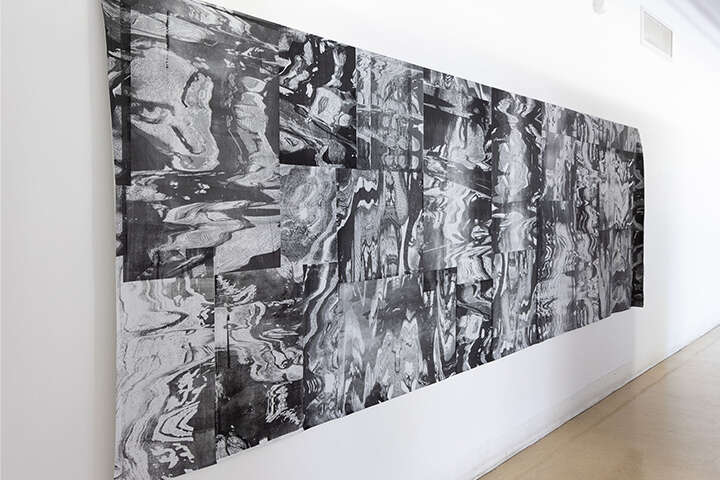Lara Thomas
Field Notes
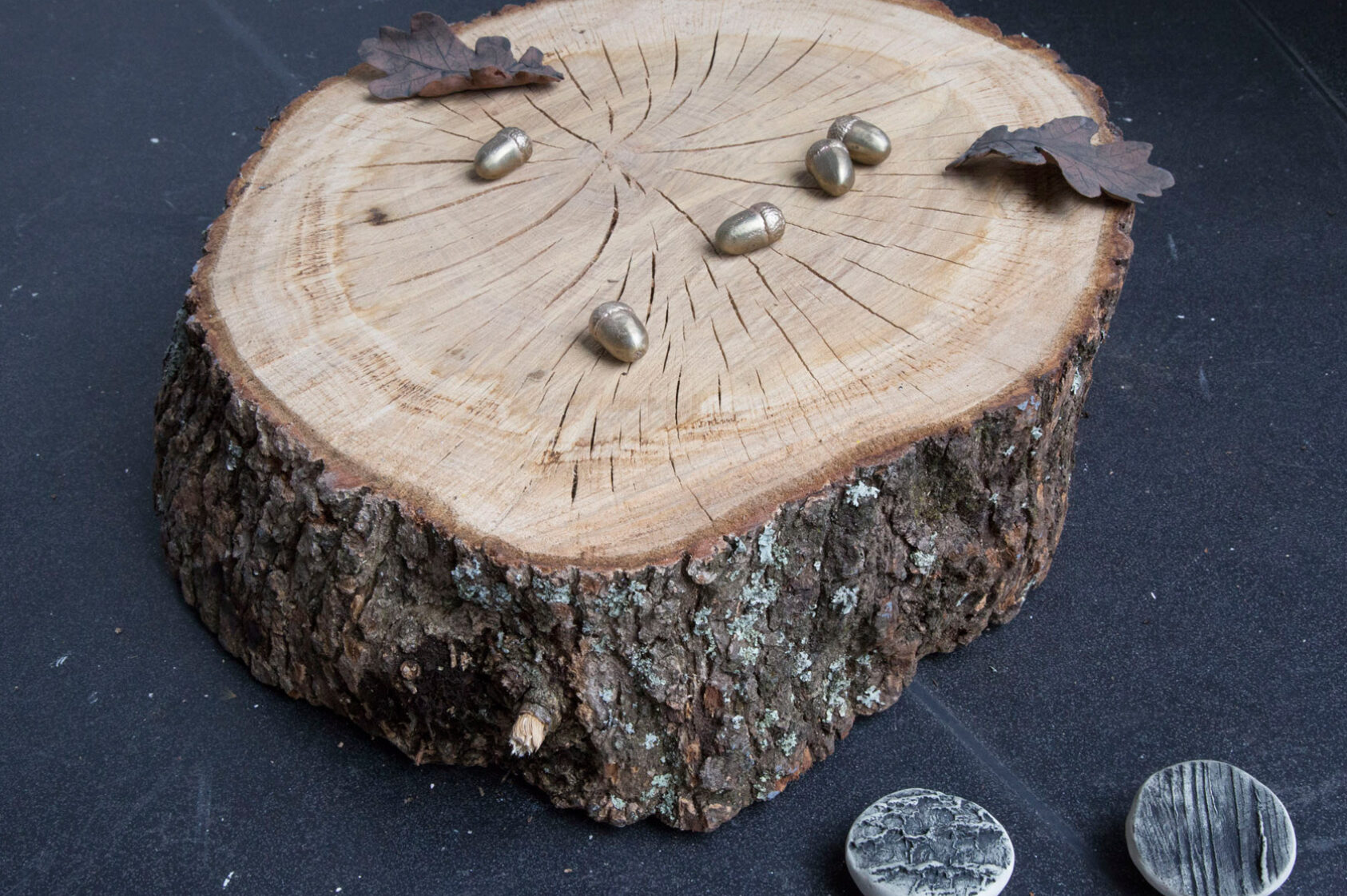
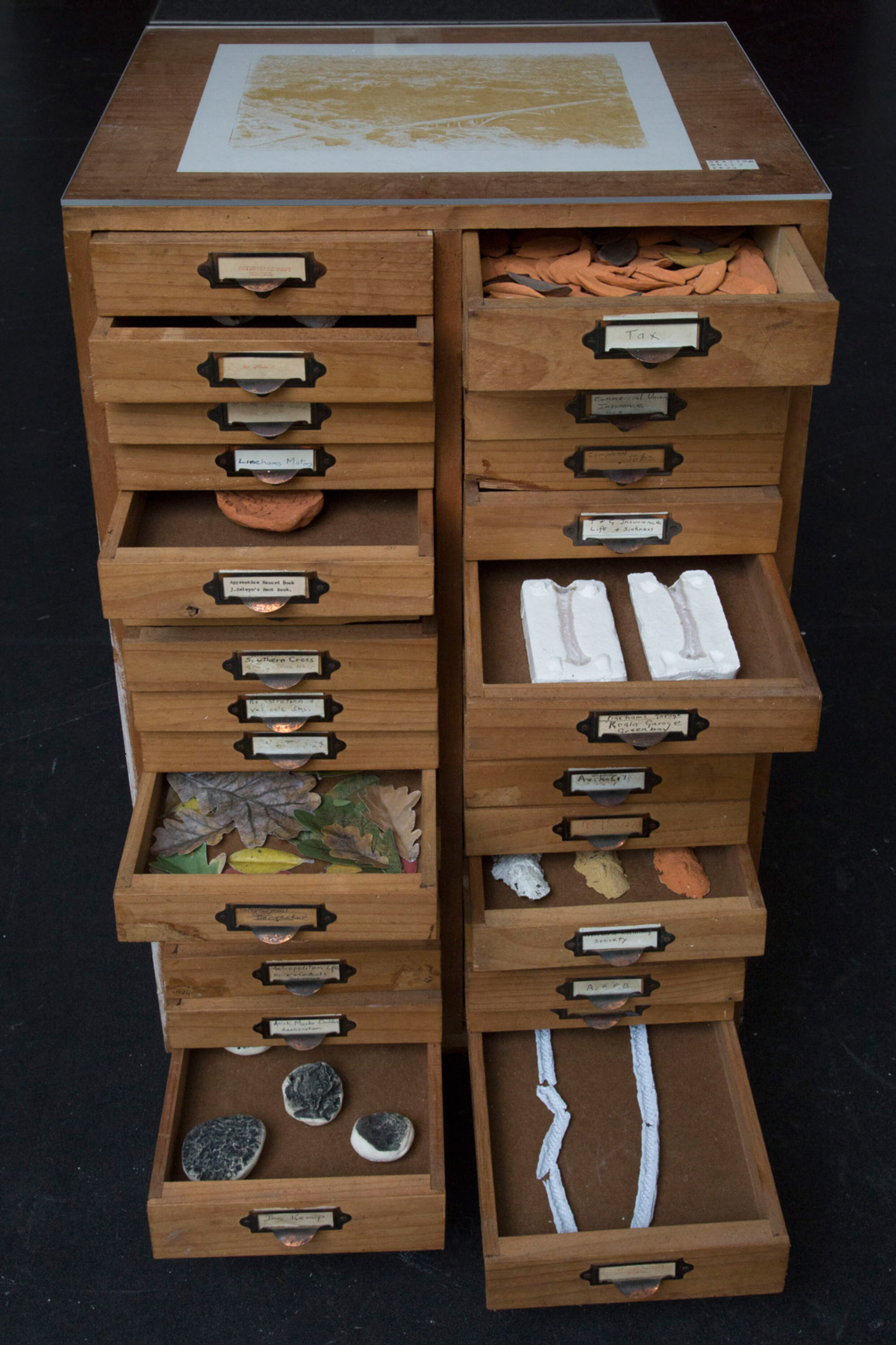
Print. Imprint. Impression. Memory. Trace. Evidence. We leave our mark wherever we go and likewise, we bear traces of all the places we’ve been. We disperse ourselves as we move through life, by exchanging parts of ourselves for parts of our world, so that our existence becomes an ever increasing network of interactions; an accumulation of action over time, a site of collected memory and experience.
A collection is a document of place and time, an assemblage of material observations, or a database of information, an archive of life. Collections enable us to learn from relationships between objects; to construct knowledge about the world by virtue of similarity and difference, of the individual in relation to the whole.
We categorise and label the world in order to make sense of it. Systems of classification impose order and hierarchy over collections, creating and supporting particular cultural ideologies. While they may appear as objective pieces of history, the way collections are formed and curated is influenced by chance and personal point of view.
Joseph Banks collected botanical samples from far corners of the earth, including New Zealand, while exploring with Cook on the Endeavour. Hundreds of specimens were then catalogued and translated into a book of engravings: Banks’ Florilegium, copies of which were distributed across the globe. It speaks of exploration and discovery and is testament to an insatiable curiosity about the world.
